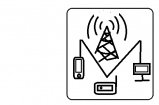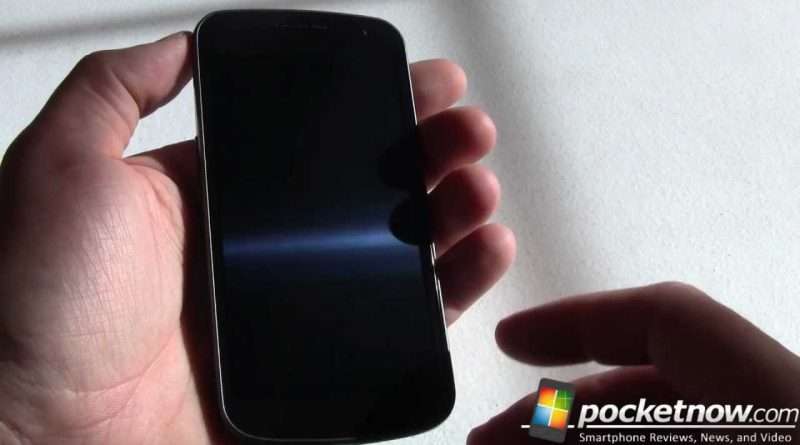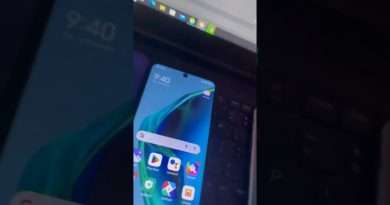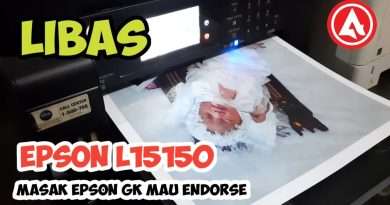Samsung Galaxy Nexus (GSM) Hardware Tour | Pocketnow
Our full Galaxy Nexus Review is up: http://is.gd/5GzkKx
The Samsung Galaxy Nexus is Google’s latest “launch-device”. This time around Google is launching Android 4.0 Ice Cream Sandwich and some cool new hardware tricks.
Picking up where the Nexus S (also a launch-device) left off, The Galaxy Nexus includes a [i]gently[/i] curved screen. I emphasis “gently” because, unless you’re specifically looking for it, you may not even notice it. But don’t let that graceful sheet of glass fool you, although not the trademarked “Gorilla Glass” some other smartphones use, the glass on the Galaxy Nexus is durable and scratch resistant.
On the top of the phone you’ll find absolutely nothing. On the right-side is the power button and three gold dots (which we assume will be used for charging on compatible accessories, when they become available). On the left-side is a the volume-rocker. On the bottom a microUSB port, microphone, and 3.5mm headset jack. Not only does the microUSB port serve for charging and data transfer, with the right cable you’re supposed to get HDMI out as well.
The back of the phone has a removable battery cover with a pleasant texture and a very light amount of “tack” to it for extra grip. Inside the cover is where you’ll install the 1750mAh battery (the LTE version will reported have a larger, 1850mAh battery) and the regularly sized GSM SIM. No external sdcard slot is present, but with 16GB internal storage (the LTE version may have 32GB internal storage), you should have plenty of room for all your stuff.
The back of the phone features a 5-megapixel camera with autofocus and LED flash. Although it defaults to 720p video recording, you can set it to 1080p 30fps.
Inside the phone is a dual-core, 1.2GHz Texas Instruments OMAP 4460 processor, 1GB of RAM, and a 384MHz PowerVR SGX540 GPU — which Ice Cream Sandwich takes advantage of to make the whole experience smooth.
As far as connectivity goes, the phone has pentaband HSPA+ (up to 21Mbps down and 5+Mbps up, as long as your network can handle it). “Pentaband” means the phone works not only on AT&T’s netowrk, but on T-Mobile USA’s as well — simply swap out the SIM and you’re good to go. If WiFi is more your think you’ve got 802.11 a/b/g/n (2.4GHz and 5GHz), Bluetooth 3.0+HS (including tethering via Bluetooth), and NFC.
The front of the phone hides a 1.3-megapixel camera for up to 720p video calling, a tri-color notification LED below the screen, and a 4.65-inch Super AMOLED HD screen that’s a full 1280 x 720 pixels: 720p. Images are amazingly sharp and clear — those who complained about its PenTile display don’t have a leg to stand on. Colors are bright, blacks are dark and deep, even the viewing angle is impressive.
Subscribe: http://bit.ly/pocketnowsub
https://pocketnow.com
Follow us:
http://flipboard.com/@Pocketnow
http://facebook.com/pocketnow
Tweets by Pocketnow
http://google.com/+pocketnow
http://instagram.com/pocketnow
About us:
Pocketnow has been a key source of mobile technology news and reviews since its establishment in 2000. With offices on three continents, Pocketnow offers round-the-clock coverage of the mobile technology landscape, from smartphones to tablets to wearables. We aim to be your number-one source for mobile tech news, reviews, comparisons, and commentary. If you love mobile as much as we do, be sure to subscribe!
Samsung Galaxy Nexus (GSM) Hardware Tour | Pocketnow
PocketNow
https://www.youtube.com/pocketnow
Views : 52975
GSM




